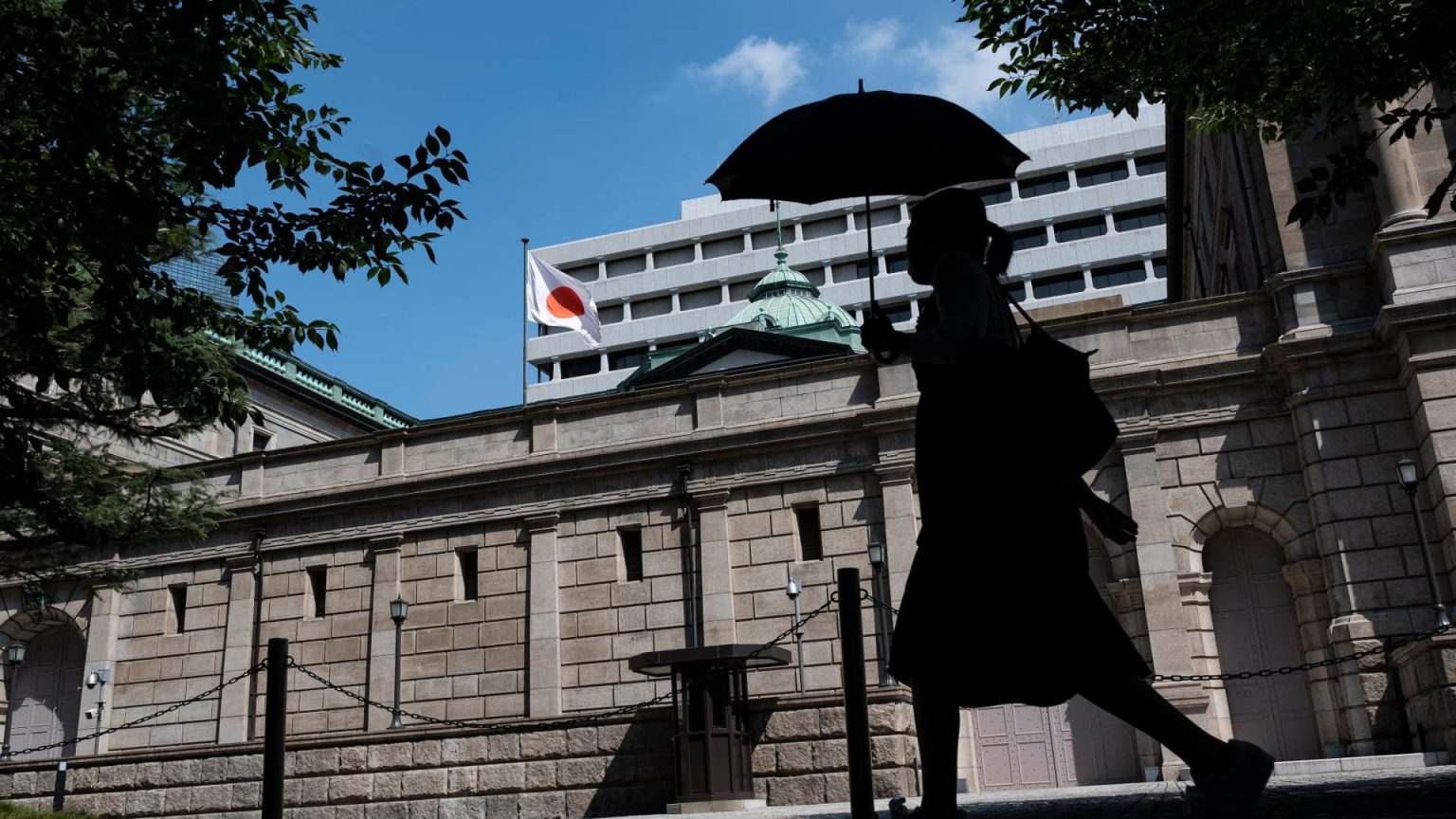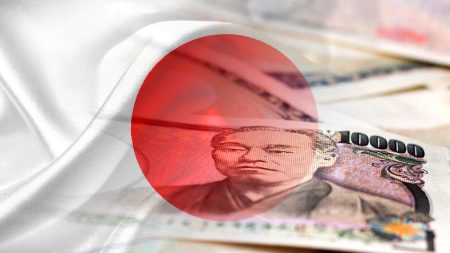The Bank of Japan decided to maintain its policy rate at 0%-0.1% during its monetary policy meeting, in line with expectations from economists. This decision follows Tokyo’s April inflation coming in lower than expected, with the core inflation rate at 1.6% compared to the 2.2% forecasted by Reuters. The BOJ also announced that it will continue conducting bond purchases according to the March decision. However, there was no mention of the yen in the BOJ’s statement, even as the currency weakened after the central bank ended its negative interest rate policy and abolished its yield curve control policy.
In addition to keeping the policy rate unchanged, the BOJ also released its second-quarter outlook for Japan’s economy. The central bank raised its outlook for inflation in fiscal 2024, now expecting inflation to range between 2.5% and 3%, an increase from the 2.2% to 2.5% forecast in January. The BOJ predicts that inflation will then decelerate to “around 2%” in fiscal 2025 and 2026. However, the bank also downgraded its forecast for gross domestic product growth in fiscal 2024 to a range of 0.7% to 1%, down from the 1%-1.2% growth prediction made in January.
The decision by the BOJ to maintain its policy rate comes amidst ongoing economic uncertainties and challenges in Japan. While the central bank is aiming to support economic recovery and achieve its inflation targets, the country’s economic growth forecasts have been revised downwards. The BOJ’s focus on conducting bond purchases is part of its efforts to provide liquidity to the financial system and support economic activity in the face of the impact of the COVID-19 pandemic.
The weakening of the yen following the BOJ’s policy decision could have implications for Japan’s export-oriented economy. A weaker yen may make Japanese exports more competitive in international markets, potentially boosting the country’s trade balance. However, a weaker currency could also lead to higher import costs, affecting domestic consumers and businesses. The BOJ’s silence on the yen in its statement may indicate that the central bank is closely monitoring currency movements and their impact on the economy.
Overall, the BOJ’s decision to maintain its policy rate and release its economic outlook reflect its ongoing commitment to supporting Japan’s economic recovery and achieving its inflation targets. The central bank’s forecasts for inflation and GDP growth highlight the challenges facing the Japanese economy in the coming years, particularly amid uncertainties related to the global economic environment and the ongoing COVID-19 pandemic. The BOJ’s continued focus on conducting bond purchases and providing liquidity to the financial system underscores its efforts to support economic activity and stability in Japan.















